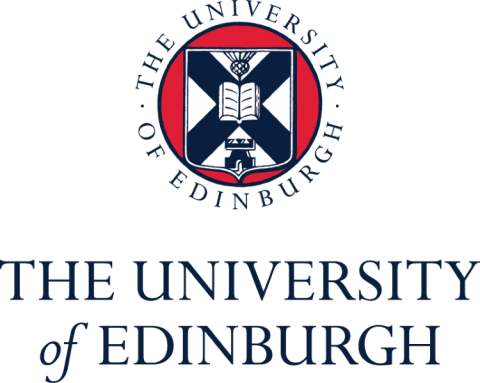
The sector should come together to welcome students back to campus
Universities wasted a lot of time developing individual online transition resources last year. Let’s not make the same mistake again, says Donna Murray
You may also like
As many of us begin to think about getting back to campus, there will likely be anxiety about the potential changes. Imagine, then, how much more anxious our students will be, some of whom missed out on their final months at school and have then missed the normal teaching experience for the past year.
Bringing these students into our campus communities must be a priority – encompassing not just learning but also the social aspects of university life.
When the pandemic hit last year, most universities developed online transition resources to replace the usual welcome-week experience. To some extent, this was a very positive move as it allowed conversations about what was required for the start of studying in HE.
In other ways, it was a waste of effort, with each university spending time and expertise developing materials that covered broadly similar topics as other institutions’. Plus, each university producing its own materials will have resulted in an uneven level of support across the sector.
Wouldn’t it have made more sense to combine effort and create resources covering core topics that each university could then adapt to its own needs?
These online resources have been used over the past academic year, so rather than start again, it makes sense for each university to evaluate its own resources and update as necessary. Hopefully, the resources work well in meeting the needs of students who are new to higher education. Even better, though, would be if universities were willing to open their resources up for review and share their content. That way we could be sure that all students can access the best resources.
Our returning students present a different challenge. They don’t need “welcome” or “transition” resources; instead they require support to adapt to learning on campus after a year of online or hybrid learning. They will also require support to establish new kinds of connections with peers and to engage with the academic community face to face, join societies and do all the things we wish for them.
How can this be achieved? Well, each university could again work individually on its own materials and support, resulting again in duplication of effort and uneven provision. Or we could work together for the benefit of all students.
Of course, this necessitates a holistic view that prioritises the needs of students across the sector, and it requires universities be open to sharing their resources freely. In addition, the teams creating these resources need to be open to the possibility that someone else may have done it better or that other institutions will benefit from their work. Indeed, one thing for universities to consider would be how to recognise and reward the teams who produce resources that end up being used across the sector.
The next question becomes how this sharing would work in practice.
The first step would be to review the materials produced in response to learning during the pandemic, especially the transition materials: what worked well? What could be used to help students form communities? Which aspects were relevant for new students, but of less value to continuing students? Where are the gaps?
Given the limited time left before the start of the new academic year, it may be easiest to undertake this activity by region. For example, organisations such as QAA Scotland or Universities Scotland could coordinate this work for the Scottish sector.
Once there is an understanding of which resources are available, a forecasting analysis could be used to work out what is required. Using this process, the ideal future − in this case, what would be a positive experience for continuing students? − would be outlined, and the steps required to get to this point identified. The relevant resources identified as best practice could then be shared among universities, who would be free to put them directly into their own learning platforms or adapt as required for the needs of their students.
By working together in this way, we ensure that all students receive support that has been identified as best practice. Plus, we normalise the concept of accessing support, which will hopefully ensure students have a more positive experience. It would also allow all universities to expand their knowledge of transitions and give access to the best expertise in the country’s HE community. It may even open up a conversation around reward and recognition that goes beyond the institutional level and acknowledges sector-wide impact.
It might also save a significant amount of money at a time when the sector faces many challenges. I’m certainly not implying that money should be our motivator here, but by pulling together, we can best serve our students and at the same time free up funding for the other challenges the pandemic has thrown our way.
Donna Murray is head of taught student development at the University of Edinburgh’s Institute for Academic Development.




